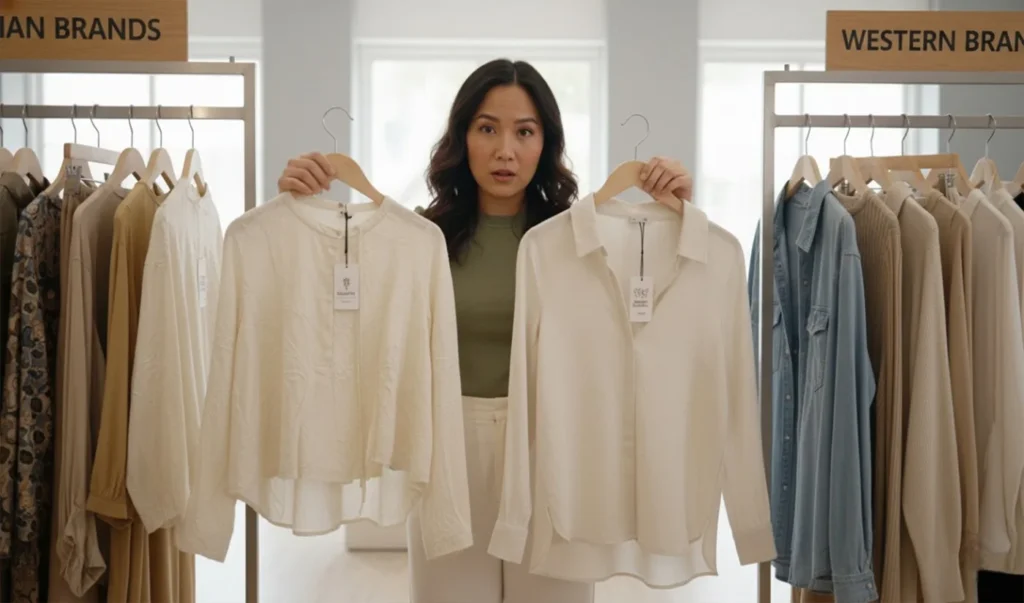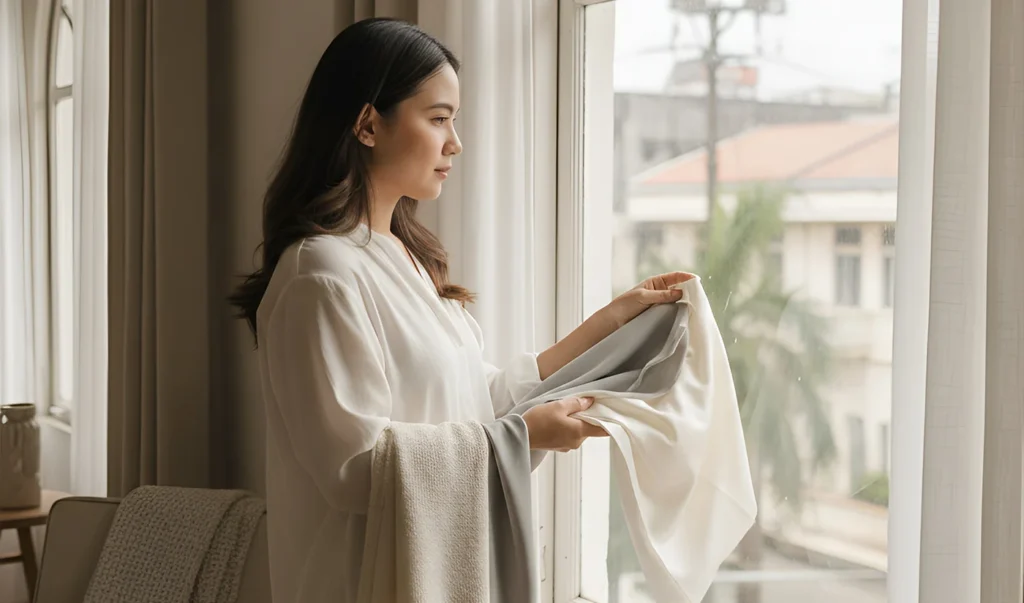Your closet is full, yet you have “nothing to wear.” Sound familiar? In the age of fast fashion, we’re drowning in cheaply made clothes that lose their shape, fade, or fall apart after just a few wears. Finding high-quality clothes online has become the secret weapon of the truly well-dressed, allowing you to build a wardrobe that actually gets better with time.
Imagine opening your closet to find only pieces you love—clothes that fit perfectly, feel luxurious, and make you look effortlessly put-together. High-quality clothes aren’t just about the label or price tag; they’re an investment in your confidence, comfort, and personal style. When you wear well-made clothing, you carry yourself differently, and people notice.
This comprehensive guide will walk you through everything you need to know about finding and buying high-quality clothes online. From understanding what truly makes a garment superior to knowing where to find the best pieces, you’ll learn how to shop smarter, not harder, and build a wardrobe that stands the test of time.
Transform Your Wardrobe with Premium Materials

When shopping for high-quality clothes online, the fabric is your first clue to a garment’s quality. Natural fibers like cotton, wool, cashmere, and silk often signal superior quality compared to synthetic materials. These premium fabrics not only feel better against your skin but also tend to last longer and improve with age.
Look for detailed fabric descriptions when browsing clothes online. High-quality clothes typically feature:
- 100% natural fibers or thoughtful blends: Pure materials often indicate higher quality and better longevity
- Higher thread counts for cotton items: A higher thread count usually means a softer, more durable fabric
- Clear information about fabric weight and texture: Detailed descriptions show the brand’s attention to material quality
- Specific varieties like Supima cotton or merino wool: Named varieties often indicate premium, carefully sourced materials
Invest in Craftsmanship That Lasts

The construction of high-quality clothes sets them apart from fast fashion alternatives. When shopping online, pay attention to:
- Detailed photos of seams and stitching: High-quality brands proudly showcase their construction details
- Information about the manufacturing process: Transparency about production often indicates superior craftsmanship
- Reviews mentioning durability and construction: Real customer experiences can validate quality claims
High-quality clothes should feature even stitching, reinforced seams, and thoughtful details like lined garments and properly finished hems. While you can’t physically examine clothes online, many premium brands provide zoom-in features and multiple angles to showcase their craftsmanship.
Spot Premium Brands Without Breaking the Bank

Finding high-quality clothes online doesn’t always mean maxing out your credit card. Smart shoppers know how to spot premium brands at better prices:
- Shop during end-of-season sales: Many high-end brands offer significant discounts when seasons change
- Explore outlet sections of luxury retailers: Find past-season items from premium brands at reduced prices
- Consider pre-owned designer pieces from reputable resellers: Get high-quality clothes at a fraction of their original cost
- Sign up for newsletters to get early access to deals: Be the first to know about sales and special offers
Remember, high-quality clothes are an investment. When you factor in cost-per-wear, spending more on durable, well-made pieces often saves money in the long run.
Care for Your Investment Pieces

Proper care ensures your high-quality clothes remain pristine for years:
- Always follow care labels meticulously: Care instructions are designed to preserve the garment’s quality
- Invest in proper storage solutions like padded hangers: Good storage prevents distortion and damage
- Consider professional cleaning for delicate items: Experts know how to clean high-quality fabrics safely
- Repair minor issues promptly to prevent bigger problems: Quick fixes can significantly extend a garment’s life
By treating your high-quality clothes with care, you’ll extend their lifespan and maintain their appearance, making your investment even more worthwhile.
Conclusion
Shopping for high-quality clothes online doesn’t have to feel overwhelming. By paying attention to premium fabrics, thoughtful craftsmanship, and trusted brands, you can slowly build a wardrobe that lasts for years. The secret is patience and a little research — quality pieces are always worth the wait. Start with something timeless and versatile, like a well-made white shirt, and let each purchase strengthen your eye for quality and your confidence in choosing clothes that truly elevate your style.

Find The Perfect Look!
Discover Stylish, Quality Clothing That Elevates Your Everyday Style

About the author
Meredith M. is a Senior Business Analyst in Metro Manila who spent over a decade as an accountant before switching careers. She loves singing with her band, exploring coffee shops with her business partner, and stress-testing her phone screen with endless fashion scrolling. Through this blog, she shares her love for fashion to empower women to express themselves with style, confidence, and authenticity.





